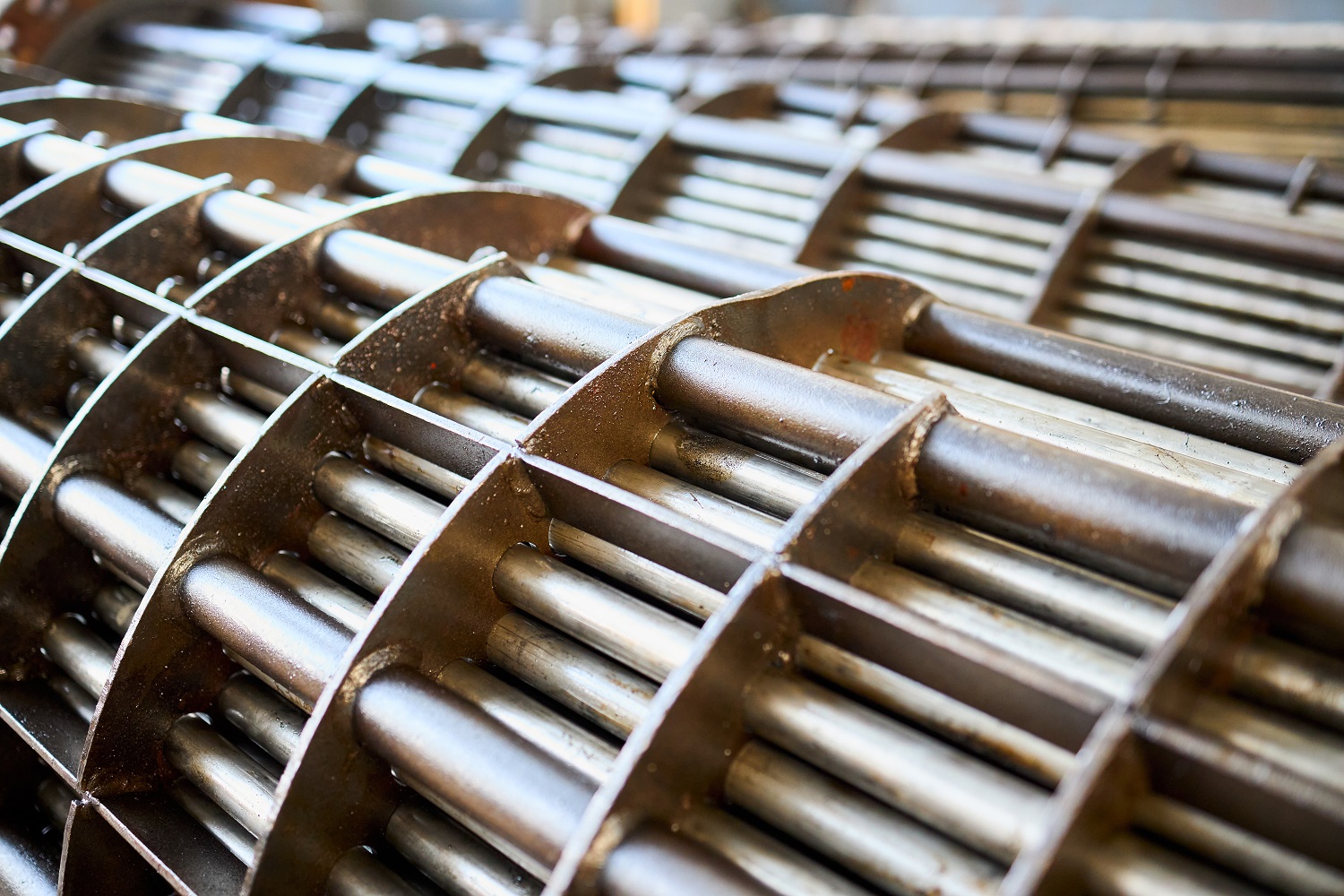
Galvanic corrosion can damage, or even destroy, the essential components of your boat including the propeller shaft, propeller, etc.
Of all the complicated elements a boat owner needs to be aware of, corrosion is probably the most confusing. Corrosion can cause issues in both boat maintenance and safety. Certain kinds of corrosion can even devalue your investment in a matter of months or even days. Galvanic corrosion is a reaction between two different metals commonly found on your boat. This reaction can damage, or even destroy, the essential components of your boat including the propeller shaft, propeller, etc. Here are some tips to protect your vessel from galvanic corrosion.
What is Galvanic Corrosion?
This type of corrosion is the tendency of one metal to corrode or rust when it’s in electrical contact with another metal. That electrical contact can happen when the metals are touching, but can also happen when the two metals are in close proximity to each other in the water. An example of galvanic corrosion is when a stainless-steel housing interacts with and eats up a bronze propeller.
Common Signs of Galvanic Corrosion
Corrosion of any kind is extremely detrimental to the health and functioning of your boat. So, it is important to know how to identify the signs of corrosion to repair it quickly. You may notice paint peeling especially at sharp edges. Also, there may be a white powdery substance and the metal becomes pitted. This is because metal is being corroded and eaten away.
Preventing Galvanic Corrosion
Prevention is the first step in fighting galvanic corrosion on your boat. There are two ways to protect from galvanic corrosion; either by installing an isolation transformer or a galvanic isolator. An isolation transformer eliminates any electrical flow between shore power and the vessel. The shore power is fed to the primary side of the transformer and the boat is connected to the secondary. This transformer completely isolates the boat from the shore ground. By connecting all metal parts to the secondary side of the transformer, a circuit breaker will trip or a fuse will blow in the case of a short circuit.
Another method is to install a galvanic isolator, which consists of two diodes that are connected in anti-parallel. When they are connected in this way, the diodes allow current in both directions but only above a certain voltage. As a result, this voltage will not allow conduction and the galvanic isolator will prevent any electrolytic current.
If you have corrosion issues or any other problems with your marine electronics, it’s worth getting your boat looked at. We here at Marine Electric Systems are here for all your marine electronic needs! Reach out today to learn more.
Marine Electric Systems, LLC is a Leader In the Maritime Industry
We here at Marine Electric Systems have over 30 years of industry experience. You can trust our team for reliable service and expert craftsmanship in the Maryland, Baltimore, Annapolis, and Baltimore city areas! We’re highly certified and adhere to all ABYC and NMEA regulations. We specialize in top-notch electrical solutions for recreational, commercial, and government boating clients. Anything from electrical refits, to navigation systems, or boating maintenance. To stay up to date on our services, follow us on Facebook, LinkedIn, Pinterest, Instagram, and YouTube. You can also contact us at 410-263-0807.
